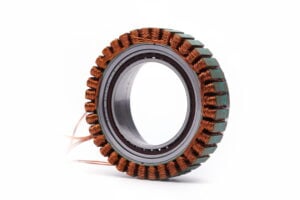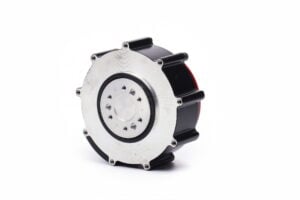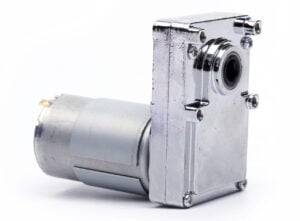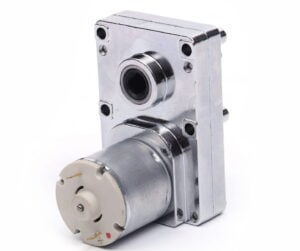In the fields of industrial automation, robotics, and smart home appliances, micro geared motors play a vital role as core drive components. This article offers an in-depth comparison of the three most commonly used gear reduction systems—spur gear motors, planetary gear motors, and worm gear motors. We’ll explore their internal structures, key advantages, typical application scenarios, and performance based on real-world test data, helping engineers and designers make informed choices for their projects.
What is a Gear Motor? Why do we use Gearbox?
A geared motor is an integrated drive system that combines an electric motor with a gear reduction mechanism. Compared to a standalone (bare) motor, it effectively converts high-speed, low-torque output into low-speed, high-torque output. This transformation enhances the load-bearing capacity, transmission efficiency, and operational stability of the equipment—making it ideal for applications requiring precise motion control and high torque at low speeds.
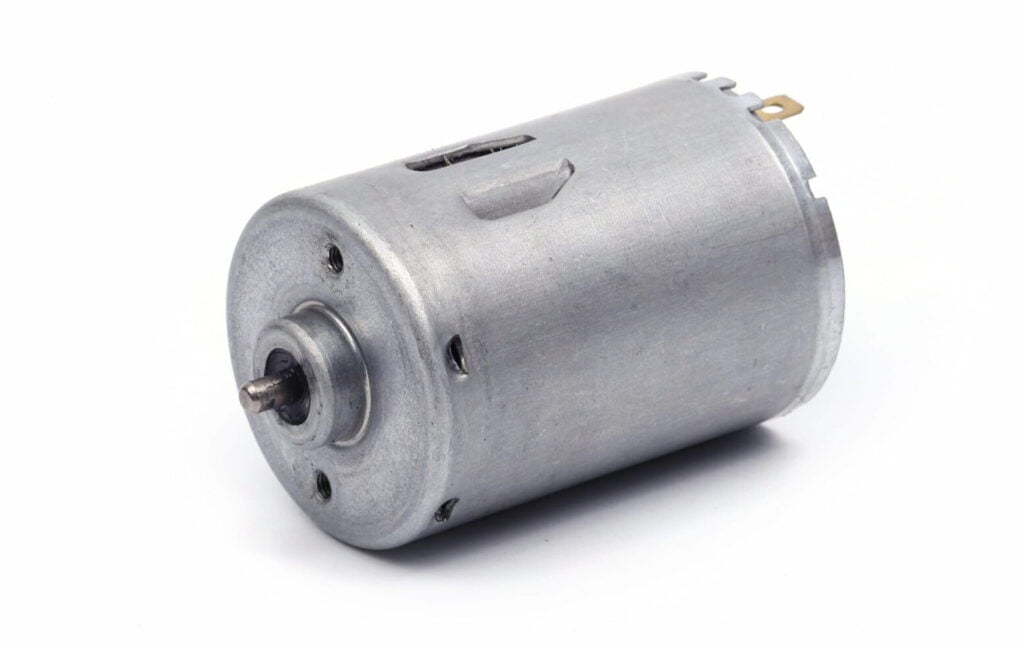

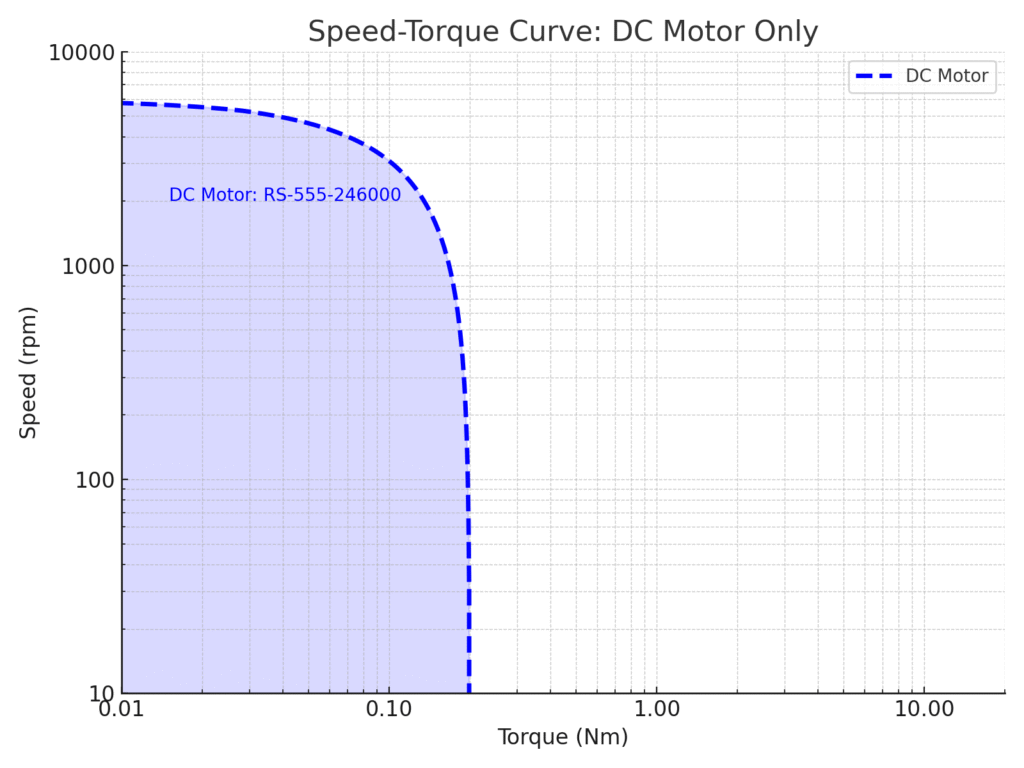
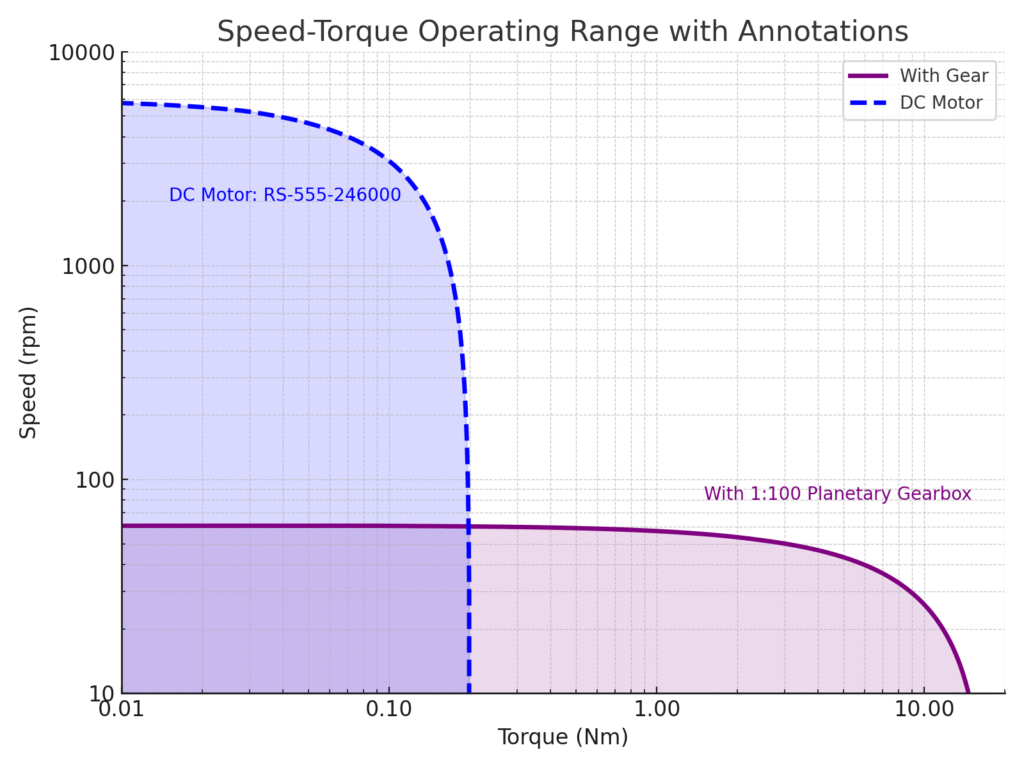
Spur Gearbox – Spur Geared Motor
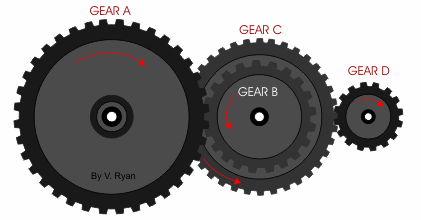
What is a Spur Gearbox Motor
The spur gear structure is the most fundamental and widely used type of gear reduction system. It consists of a multi-stage, cascaded gear arrangement housed in a compact gearbox—commonly referred to in the industry as a “tower-type” gear reduction structure.

Spur gearboxes can be designed in both round spur gearbox and square spur gearbox configurations, offering excellent flexibility in dimensional design and compatibility with various mounting requirements.


The Advantages and Disadvantages of Spur Gearbox – Spur Geared Motor
Compared with the planetary gear structure and worm gear structure, the spur gear structure has obvious advantages and disadvantages. We should consider the following points when selecting the gearbox for applications:
Spur Gear Motor – Advantages
- Simple design with low manufacturing cost
- Supports wide range of reduction ratios (up to 1:1000+)
- Flexible housing options: round or square
- Compact and easy to integrate into small spaces
Spur Gear Motor – Disadvantages
- Lower efficiency than planetary gear systems
- Limited load capacity, higher wear under stress
- Higher noise at high speeds
Planetary Gearbox – Planetary Geared Motor
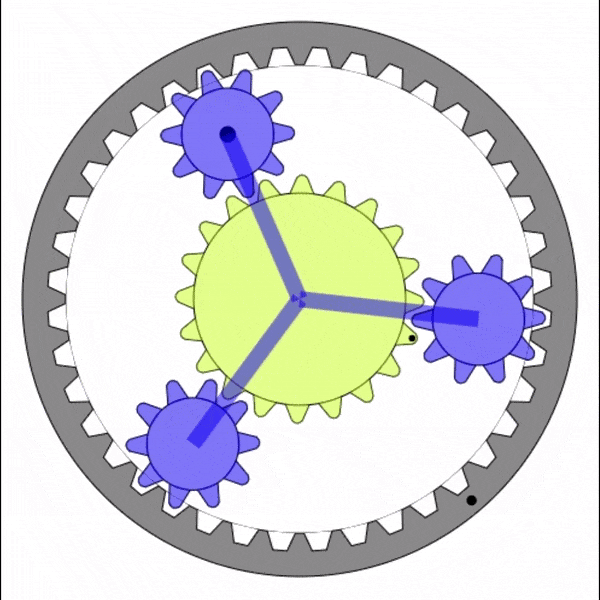
What is a Planetary Gearbox Motor
As the name suggests, a planetary gear system resembles the structure of a solar system, where multiple planetary gears revolve around a central sun gear while simultaneously meshing with an outer ring gear.
The reduction process begins with the sun gear mounted on the motor’s output shaft. It transmits torque to the surrounding planetary gears, which rotate within and engage the ring gear. In multi-stage gearboxes, the power is further transferred from the first-stage planetary set to the next sun gear, allowing for a compact, high-ratio reduction with excellent load distribution and transmission efficiency.

The Advantages and Disadvantages of Planetary Gearbox – Planetary Geared Motor
Each stage of reduction in the planetary gear structure is jointly supported by multiple gears. This structure enhances the load capacity and transmission efficiency of the gearbox.
Planetary Gear Motor – Advantages
- Multiple gears (4–5) share the load in each stage, resulting in strong torque capacity
- High concentricity and smooth transmission, offering high efficiency
- Low operating noise, suitable for noise-sensitive environments
Planetary Gear Motor – Disadvantages
- Requires high machining precision, leading to higher manufacturing cost
- Fixed output shaft position limits flexibility in structural design
Worm Gearbox – Worm Geared Motor
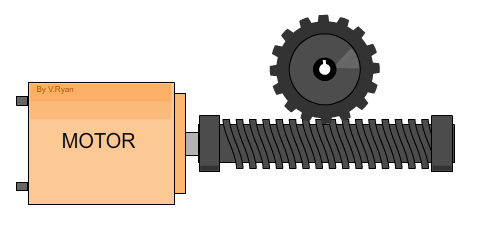
What is a Worm Gearbox Motor
The most notable feature of a worm gear reduction mechanism is its self-locking nature, meaning it won’t be reversed after a power outage.
A worm gear reduction mechanism incorporates a worm gear on the motor’s output shaft, transferring kinetic energy through the transmission between the worm and the gears.
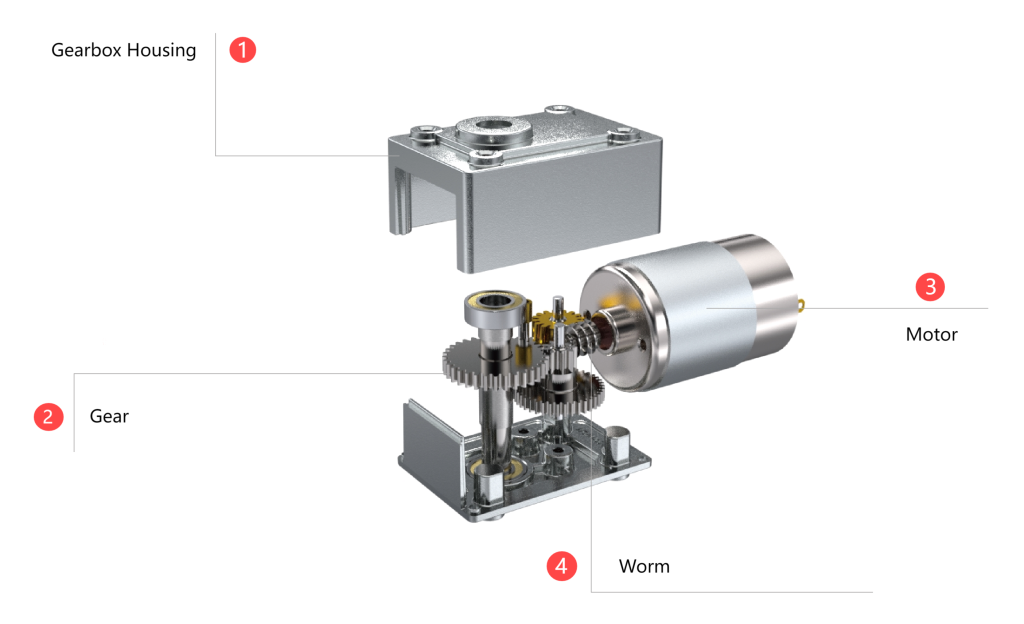
The Advantages and Disadvantages of Worm Gearbox – Worm Geared Motor
Worm Gear Motor – Advantages
- Built-in self-locking feature: prevents back-driving when power is off
- Enables 90-degree torque output, ideal for space-constrained layouts
- Quiet and stable operation, suitable for indoor or household automation
Worm Gear Motor – Disadvantages
- Lower transmission efficiency due to high sliding friction (typically <60%)
- Heat generation and wear can reduce service life under continuous load
- Not suitable for heavy-duty, high-torque industrial applications
Spur Gear Motor vs Planetary Gear Motor vs Worm Gear Motor
In order to compare the deceleration performance of these three gearboxes more intuitively, we will compare the actual test data of these three gearboxes(Spur gearbox vs Planetary gearbox vs worm gearbox).
Here we choose the same DC-555 motor 24V6000 with three different gearboxes – SG-100K, PG36-99.5K, WGM4058-86K. These three models correspond to a spur gear motor with a reduction ratio of 1:100, a planetary gear motor with a reduction ratio of 1:99.5, and a worm gear motor with a reduction ratio of 1:86.
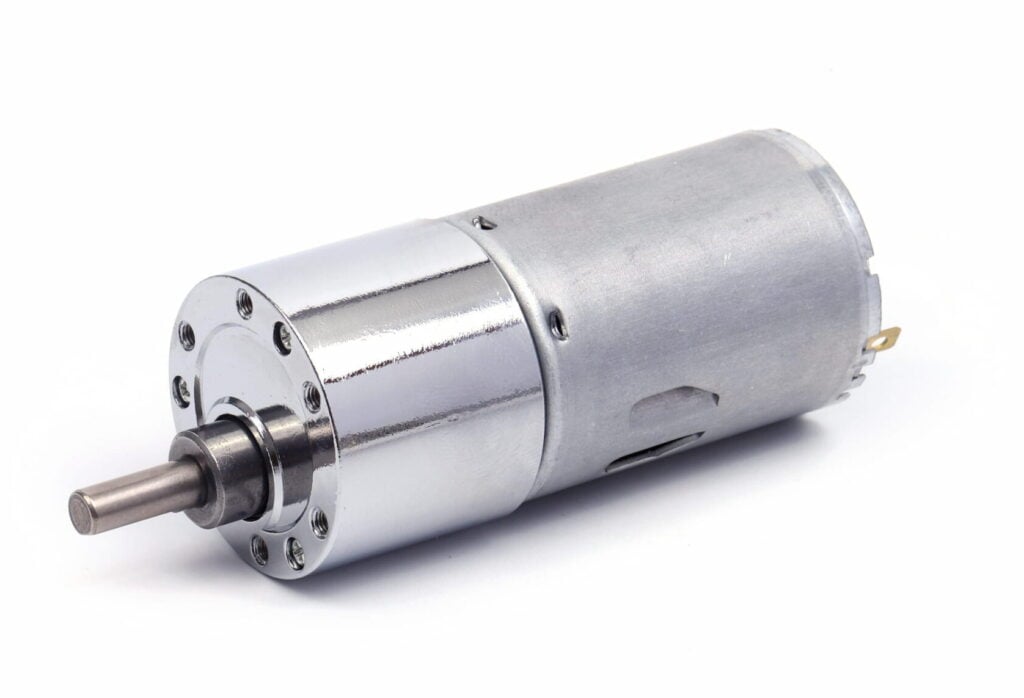

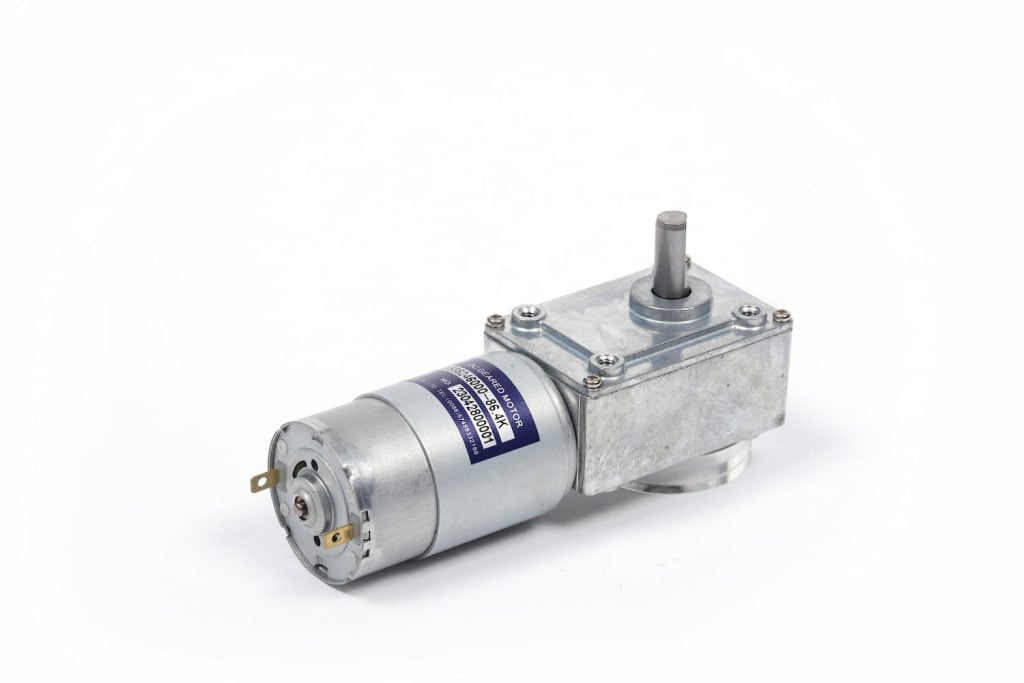
Test Results
| Model | U (V) | I (A) | P1 (W) | T (N·m) | n (r/min) | P2 (W) | Max EFF (%) |
| PG36-555 | 24 | 1 | 24.06 | 2.09 | 52.4 | 11.51 | 47.84 |
| SG-555 | 24 | 0.768 | 18.41 | 1.497 | 51.2 | 8.031 | 43.6 |
| WGM4058-555 | 24 | 1.253 | 30.1 | 1.398 | 52.83 | 7.731 | 25.7 |
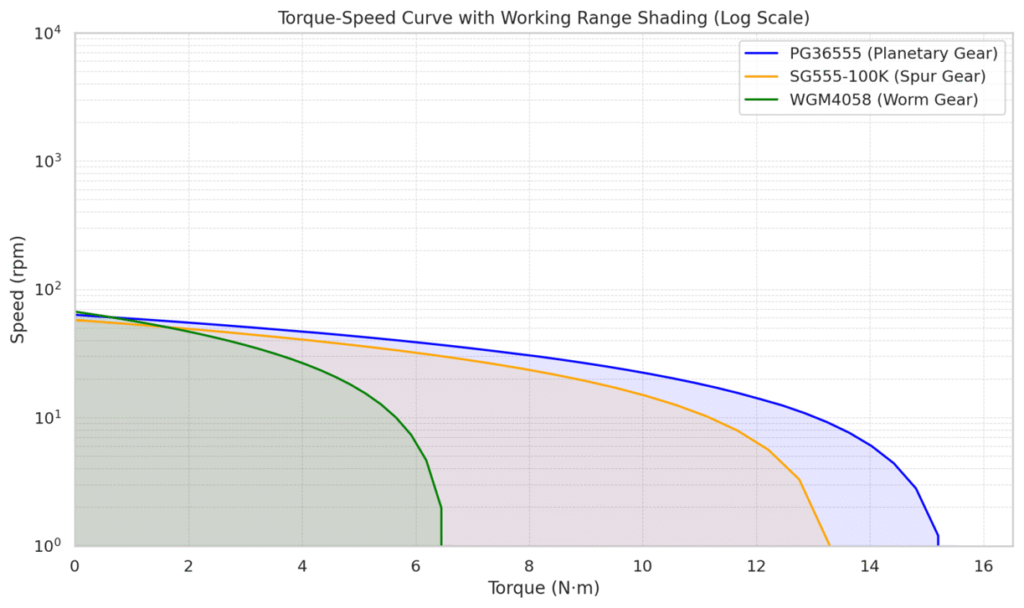
From the motor performance curves, we observe that all three gear motor types—with similar gear ratios—exhibit nearly identical no-load speeds. However, once load is applied, the worm gear motor reaches both its rated working point and stall torque much earlier, stalling at approximately 6 N·m of output torque.
In contrast, the spur gear motor and planetary gear motor show similar power curves under load. That said, the planetary gear motor outperforms the spur gear motor in terms of both peak efficiency at the rated point and maximum stall torque, indicating superior load-handling capability in demanding applications.

